Home>diy>Architecture & Design>How Much Is A House Design In The Philippines
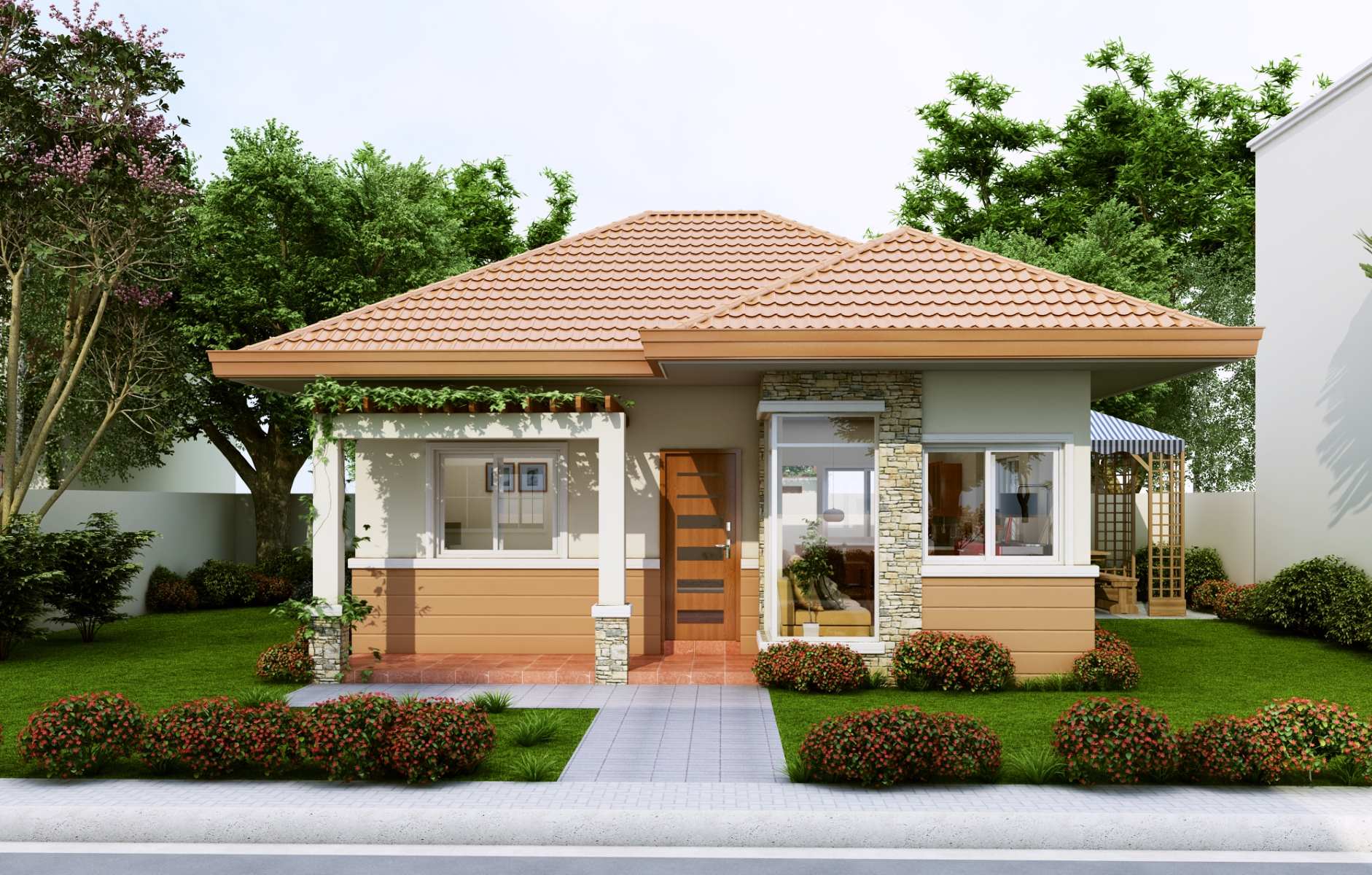

Architecture & Design
How Much Is A House Design In The Philippines
Modified: August 17, 2024
Looking for house design services in the Philippines? Discover the cost and options available for your architecture design project. Contact us today!
(Many of the links in this article redirect to a specific reviewed product. Your purchase of these products through affiliate links helps to generate commission for Storables.com, at no extra cost. Learn more)
Introduction
Designing a house is an exciting and important endeavor, especially in a country like the Philippines where homeowners prioritize comfort and functionality. Whether you’re planning to build your dream home from scratch or remodel an existing property, it is crucial to have a well-thought-out house design that meets your needs and reflects your personal style.
Creating a house design involves a careful consideration of various factors, such as your budget, location, lifestyle, and aesthetic preferences. It is important to strike a balance between functionality, aesthetics, and cost to ensure that the final design meets your expectations and fits within your financial means.
In this article, we will explore the factors that affect the cost of house design in the Philippines, the different types of house designs popular in the country, and the average cost you can expect to pay. Additionally, we will provide insights into hiring a house designer and offer tips on how to save money without compromising on quality.
By the end of this article, you will have a better understanding of the house design process and be equipped with the knowledge to make informed decisions when embarking on your own house design project.
Key Takeaways:
- Designing a house in the Philippines involves balancing functionality, aesthetics, and cost. Understanding factors affecting design costs and exploring diverse house designs can help create a dream home within budget.
- Hiring a house designer in the Philippines requires considering experience, communication, and budget management. Implementing cost-saving tips and prioritizing functionality can lead to a well-designed home that fits your budget.
Read more: How Much Is A Rice Cooker In The Philippines
Factors that Affect the Cost of House Design
When it comes to designing a house, several factors come into play that can influence the overall cost. Understanding these factors can help you make informed decisions and better manage your budget. Here are some key factors that affect the cost of house design in the Philippines:
- Size of the House: One of the primary factors that determine the cost of house design is the size of the house. Generally, larger homes will require more materials, labor, and time to design, resulting in higher costs. Additionally, a larger house may have more complex architectural features or special design requirements, further driving up the expenses.
- Architectural Complexity: The complexity of the house design can significantly impact the cost. Intricate architectural details, unique structural elements, or unconventional design features may require additional expertise, time, and resources, ultimately increasing the overall expenses. Simpler and more straightforward designs tend to be more cost-effective.
- Materials Used: The choice of materials for your house design can greatly affect the cost. High-quality and luxurious materials, such as marble flooring, imported tiles, or custom-made fixtures, will naturally drive up the price. On the other hand, opting for more affordable and readily available materials can help keep costs down without compromising on quality.
- Location: The location of your property can also impact the cost of house design. If your land is situated in a highly sought-after area with strict building regulations or requires specialized foundation work, the design costs may be higher. Additionally, factors like accessibility, local labor costs, and availability of construction materials can vary from one location to another, influencing overall expenses.
- Interior Features: The level of detail and customization you desire for your interior spaces will affect the cost. Features such as built-in cabinets, customized kitchen layouts, intricate ceiling designs, or high-end finishes can significantly add to the overall expense. It’s important to prioritize which interior features are essential and allocate your budget accordingly.
- Consultant and Professional Fees: Hiring a professional architect or house designer is essential for a well-designed home. The fees for these professionals can vary depending on their expertise, experience, and reputation. Additionally, you may need to engage the services of engineers, interior designers, or landscape architects, which will also contribute to the overall design cost.
By considering these factors, you can better estimate the cost of your house design project and make informed decisions that align with your budget and vision. It is essential to communicate your budget and priorities clearly with your architect or designer to ensure they can tailor the design to meet your needs while managing costs effectively.
Types of House Designs in the Philippines
The Philippines is a diverse country with a rich architectural heritage influenced by various cultures and traditions. This diversity is reflected in the wide range of house designs available. From modern and contemporary styles to traditional and vernacular designs, there are numerous options to choose from. Here are some popular types of house designs in the Philippines:
- Bahay Kubo: The Bahay Kubo, also known as the Nipa Hut, is an iconic traditional Filipino house design. It features a simple and open-plan structure made of bamboo or wood, with a thatched roof. The Bahay Kubo is known for its natural ventilation and proximity to nature, making it ideal for rural or countryside living.
- Modern Contemporary: This type of house design is characterized by clean lines, minimal ornamentation, and an emphasis on functionality and open spaces. Contemporary homes often incorporate large windows, open floor plans, and sleek materials like glass, steel, and concrete. The design aims to create a seamless transition between the indoor and outdoor spaces.
- Bahay na Bato: Bahay na Bato, meaning “house of stone,” is a traditional Filipino house design that combines Spanish and native influences. It features a strong stone or brick base and a wooden upper level with capiz shell windows and decorative wooden features. The design reflects the colonial architectural style prevalent during the Spanish era.
- Asian-inspired: Asian-inspired house designs draw inspiration from various Asian cultures such as Japanese, Chinese, and Balinese. These designs often feature natural elements, Zen-like simplicity, and a harmonious connection with nature. The use of bamboo, natural stone, and Asian-themed accents creates a tranquil and serene living environment.
- Art Deco: Art Deco is an architectural style that gained popularity in the early 20th century. It features geometric shapes, bold colors, and decorative elements. Art Deco houses often have unique facades, curved corners, and ornamental details. This style exudes elegance and luxury, bringing a touch of glamour to the design.
- Spanish Colonial: The Spanish colonial style harks back to the Spanish colonial period in the Philippines. These houses exhibit a combination of European and Filipino design elements, including terracotta roofs, grand balconies, arched windows, and ornate detailing. Spanish colonial houses exude charm and elegance, invoking a sense of history and heritage.
These are just a few examples of the diverse house designs that can be found in the Philippines. Each style offers its own unique features, allowing homeowners to choose a design that resonates with their personal taste and lifestyle. Whether you prefer a traditional Filipino house, a modern and minimalist design, or something in between, there is a house design that can fulfill your vision of a dream home.
Average Cost of House Design in the Philippines
The cost of house design in the Philippines can vary significantly depending on a range of factors, including the size of the house, complexity of design, location, materials used, and level of customization. While it’s difficult to provide an exact figure, we can offer a general overview of the average cost you can expect to encounter.
For a small to medium-sized house design, ranging from around 100 to 200 square meters, the average cost can range from PHP 1 million to PHP 3 million. This estimate includes the professional fees of architects and designers, as well as basic construction materials and labor. However, it’s important to note that this is just a rough estimate, and costs can vary depending on your specific requirements and preferences.
If you’re looking for a larger and more high-end house design, the cost can increase substantially. A house design of around 300 to 500 square meters can cost anywhere from PHP 3 million to PHP 10 million or more. This higher price range accounts for more luxurious materials, additional customization, and specialized features or architectural elements.
It’s crucial to remember that these figures are indicative of the design costs alone and exclude other expenses related to the actual construction and finishing of the house. These costs include materials, labor, permits, utilities, furnishings, and landscaping. It’s advisable to consult with your architect or designer to get a more accurate estimate that aligns with your specific project scope.
To manage costs effectively, it’s essential to clearly communicate your budget and priorities to your designer. They can then help you make informed decisions about material choices, design modifications, and cost-saving measures. Remember that a well-planned design that maximizes the use of space and incorporates energy-efficient solutions can help save costs in the long run.
Lastly, it’s worth mentioning that the cost of house design can vary across different regions in the Philippines. Areas with higher urbanization or more expensive real estate markets may have higher design costs. It’s crucial to consider these regional differences when estimating your budget.
By having a clear understanding of the average cost of house design in the Philippines and working closely with professionals, you can ensure that your dream home is within reach and tailored to your needs.
Consider the size, materials, and complexity of the design when estimating the cost of a house in the Philippines. Factors such as location, labor costs, and permits also play a significant role in determining the overall cost.
Factors to Consider in Hiring a House Designer
Hiring a house designer is a crucial step in bringing your dream home to life. They will be responsible for translating your vision into a well-designed reality. However, choosing the right house designer can be a daunting task. To help you make an informed decision, here are some factors to consider when hiring a house designer in the Philippines:
- Experience and Portfolio: Look for a house designer with ample experience in the field. Review their portfolio to see examples of their past projects and assess whether their design style aligns with your preferences. A diverse portfolio showcasing various design aesthetics and project sizes is indicative of their versatility and creativity.
- Reputation and Reviews: Research the reputation of the house designer by reading reviews and testimonials from previous clients. Positive feedback and satisfied customers are a good indicator of the designer’s professionalism and ability to deliver excellent results. Seek recommendations from friends, family, or industry professionals as well.
- Communication and Collaboration: Effective communication and collaboration are essential for a successful house design project. Choose a designer who actively listens to your needs, understands your vision, and communicates their ideas clearly. They should be open to discussions, receptive to feedback, and able to provide clear explanations of their design choices.
- Knowledge of Local Building Codes and Regulations: Ensure that the house designer is well-versed in local building codes and regulations. They should be familiar with the specific requirements and restrictions in the area where your property is located. This knowledge will help ensure that your design complies with legal standards, preventing any issues during the construction process.
- Budget and Cost Management: Discuss your budget with the house designer upfront, and ensure they have experience in managing projects within a given budget. A skilled designer should be able to suggest cost-saving measures and value-engineering options without compromising the quality and aesthetics of the design. Transparency regarding the design fees and the cost of additional services is also essential.
- Timelines and Project Management: Inquire about the designer’s project management process and their ability to meet deadlines. A well-organized designer will have a clear timeline and be capable of coordinating with contractors and suppliers to ensure a smooth and timely execution of the project.
- Professional Affiliations and Certifications: Consider whether the house designer is a member of professional organizations or has relevant certifications. This demonstrates their commitment to ongoing professional development, adherence to industry standards, and continuous learning in the field of house design.
By carefully considering these factors, you can make an informed decision when choosing a house designer for your project. Remember to conduct thorough interviews, ask for references, and trust your instincts. A good working relationship with your designer will not only result in a beautifully designed home but also ensure a smooth and enjoyable design process.
Tips for Saving Money on House Design
Designing a house can be a significant investment, but there are ways to save money without compromising on quality and aesthetics. Here are some helpful tips to consider when trying to cut costs during the house design process in the Philippines:
- Plan and Budget: Start with a well-defined plan and set a realistic budget. Having a clear understanding of your financial boundaries will help you make informed decisions and prioritize your design needs and wants.
- Simplify the Design: Opt for a simpler design that minimizes unnecessary complexities. Avoid intricate architectural features and excessive ornamentations that may add to the construction and material costs. A clean and minimalist design can be equally elegant and cost-effective.
- Consider Pre-designed House Plans: Explore pre-designed house plans available from reputable designers or architectural firms. These plans are already optimized for cost efficiency and can be modified to suit your preferences. Using a pre-designed plan can save you time and money compared to starting from scratch.
- Choose Affordable Materials: Select building materials that are cost-effective without compromising quality. Look for locally-sourced materials that are readily available and affordable. Remember, not all aspects of your house design need to be high-end; focus on allocating your budget wisely to areas that matter most to you.
- Energy Efficiency: Incorporate energy-efficient design elements into your house. Consider installing energy-efficient appliances, insulation, and lighting fixtures. These features may have a higher upfront cost but can lead to significant savings on utilities in the long run.
- Prioritize Functionality: Focus on designing a functional home that meets your needs instead of pursuing unnecessary extravagance. Efficient use of space and thoughtful design can help you save money by minimizing wasted square footage and reducing the need for unnecessary construction and costly features.
- Shop Around for Contractors: Obtain multiple quotes from different contractors and compare their prices and expertise. Look for professionals who offer competitive pricing while maintaining quality standards. However, be cautious of deals that seem too good to be true, as they may compromise on the quality of work.
- Reuse and Repurpose: Consider salvaging and repurposing materials from existing structures or incorporating recycled materials into your design. Not only is this eco-friendly, but it can also significantly reduce costs and add unique character to your home.
- DIY Where Applicable: If you have the skills and knowledge, consider taking on some do-it-yourself (DIY) tasks. This can include simple tasks like painting, landscaping, or installing fixtures. However, it’s important to be realistic about your capabilities and always consult professionals for complex or technical aspects of the project.
- Regularly Communicate with Your Designer: Maintain open communication with your house designer throughout the process. Discuss any concerns or budget constraints openly and work together to find cost-effective solutions without compromising the overall design integrity.
Remember, cost-saving measures should be implemented thoughtfully, ensuring they do not compromise the structural integrity or overall quality of the house design. It’s essential to strike a balance between saving money and creating a home that meets your functional and aesthetic needs.
By following these tips and working closely with professionals, you can successfully save money during the house design process and achieve a well-designed home that fits your budget.
Conclusion
Designing a house in the Philippines is a thrilling journey that requires careful planning, creativity, and consideration of various factors. By understanding the factors that affect the cost of house design, exploring different types of house designs, knowing the average cost, considering important factors when hiring a house designer, and implementing money-saving tips, you can navigate this process with confidence.
Remember that designing a house is not just about aesthetics but also about functionality and meeting your specific needs. Prioritize what is most important to you and allocate your budget accordingly. Communicate openly with your house designer, ensuring they understand your vision, budget, and timeline.
Be realistic about the costs involved and be flexible when needed. Consider alternative materials, smart design choices, and cost-saving measures that don’t compromise the quality and integrity of the design. DIY tasks, when applicable and within your capabilities, can also contribute to cost savings.
The beauty of house design lies in creating a space that reflects your unique personality and meets your lifestyle requirements. Whether you prefer traditional Filipino designs, modern contemporary styles, or anything in between, there is a house design that can turn your dream into a reality.
In conclusion, designing a house is an investment that requires careful deliberation, research, and collaboration. With proper planning, smart decision-making, and the guidance of experienced professionals, you can create a well-designed home that not only fits your budget but also provides comfort, functionality, and a reflection of your personal style.
Frequently Asked Questions about How Much Is A House Design In The Philippines
Was this page helpful?
At Storables.com, we guarantee accurate and reliable information. Our content, validated by Expert Board Contributors, is crafted following stringent Editorial Policies. We're committed to providing you with well-researched, expert-backed insights for all your informational needs.
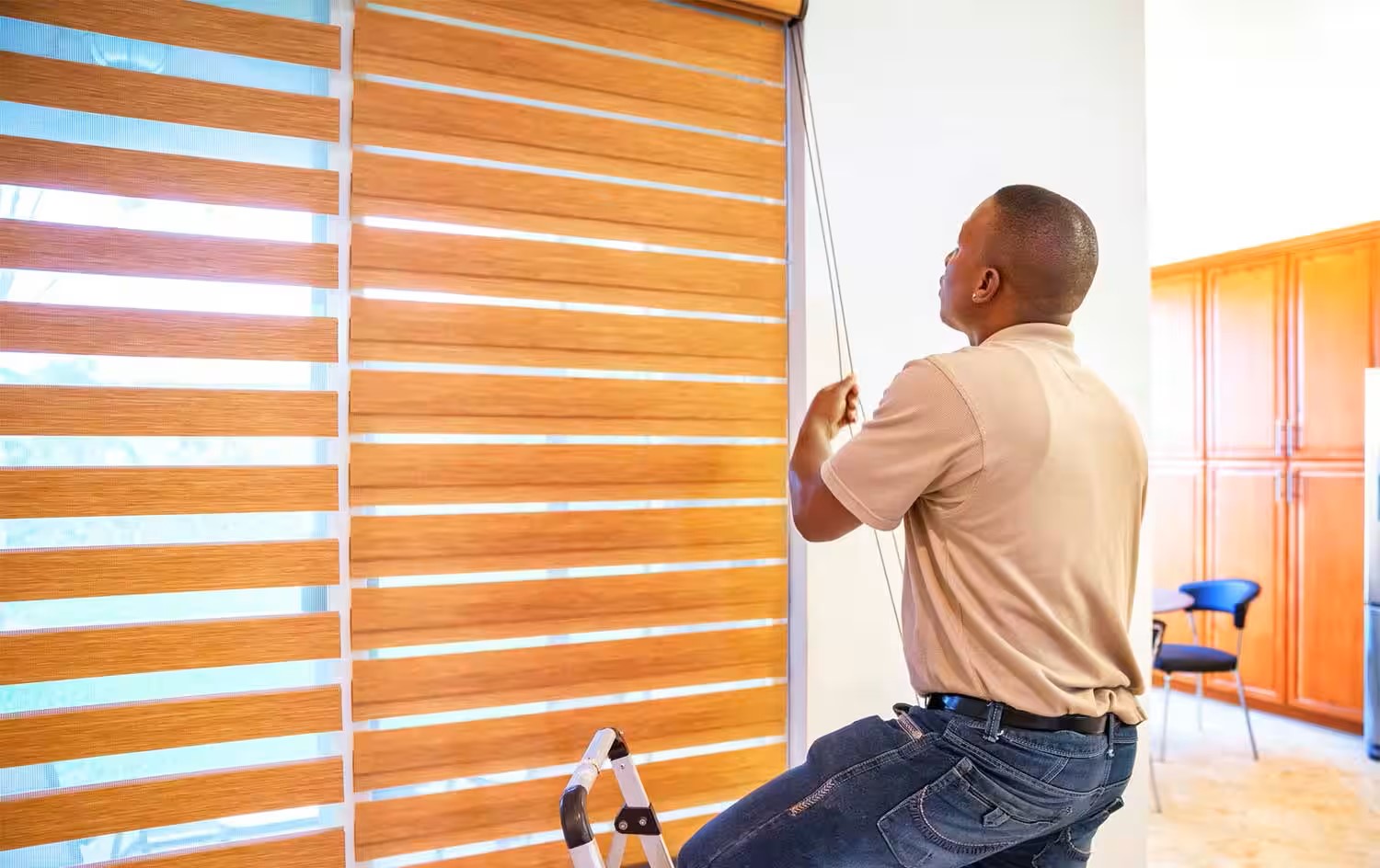
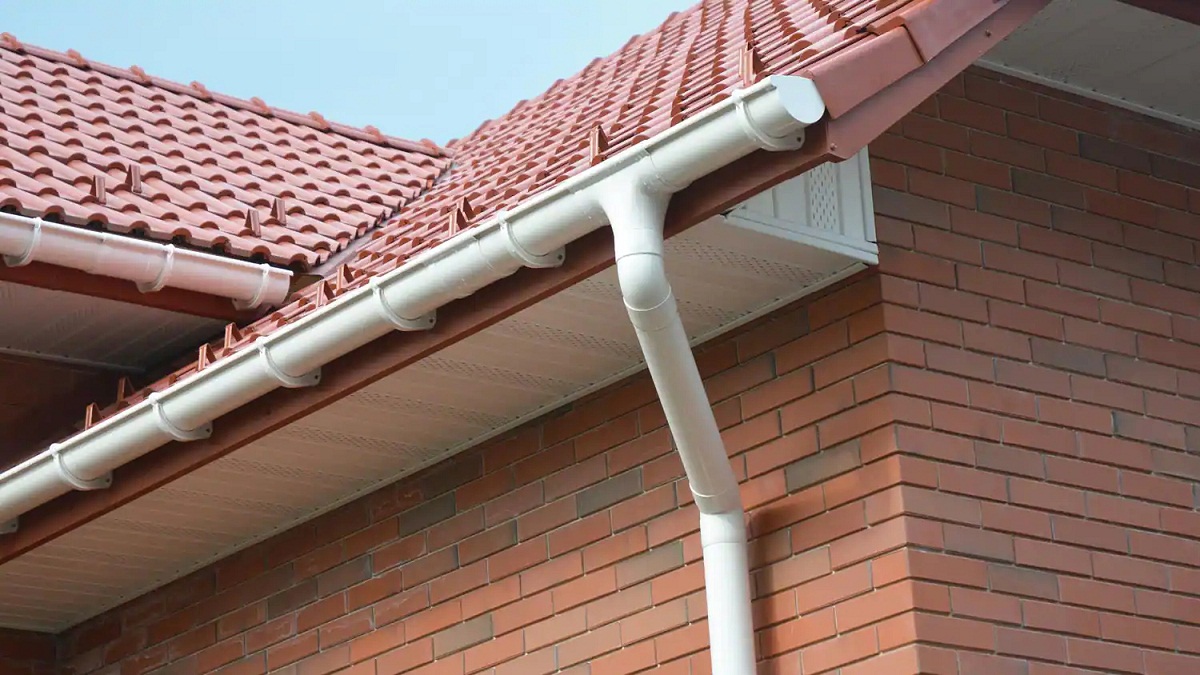
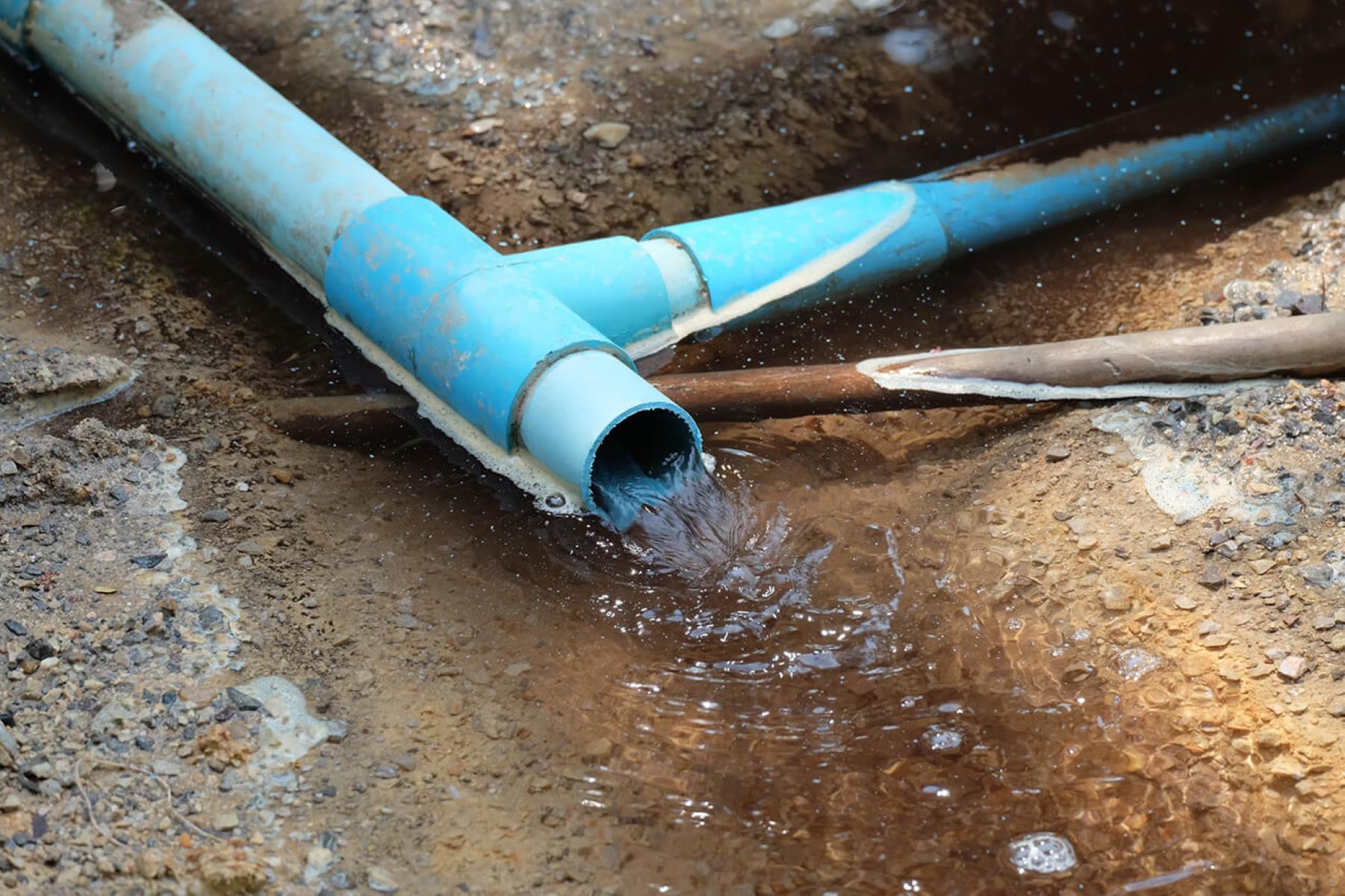
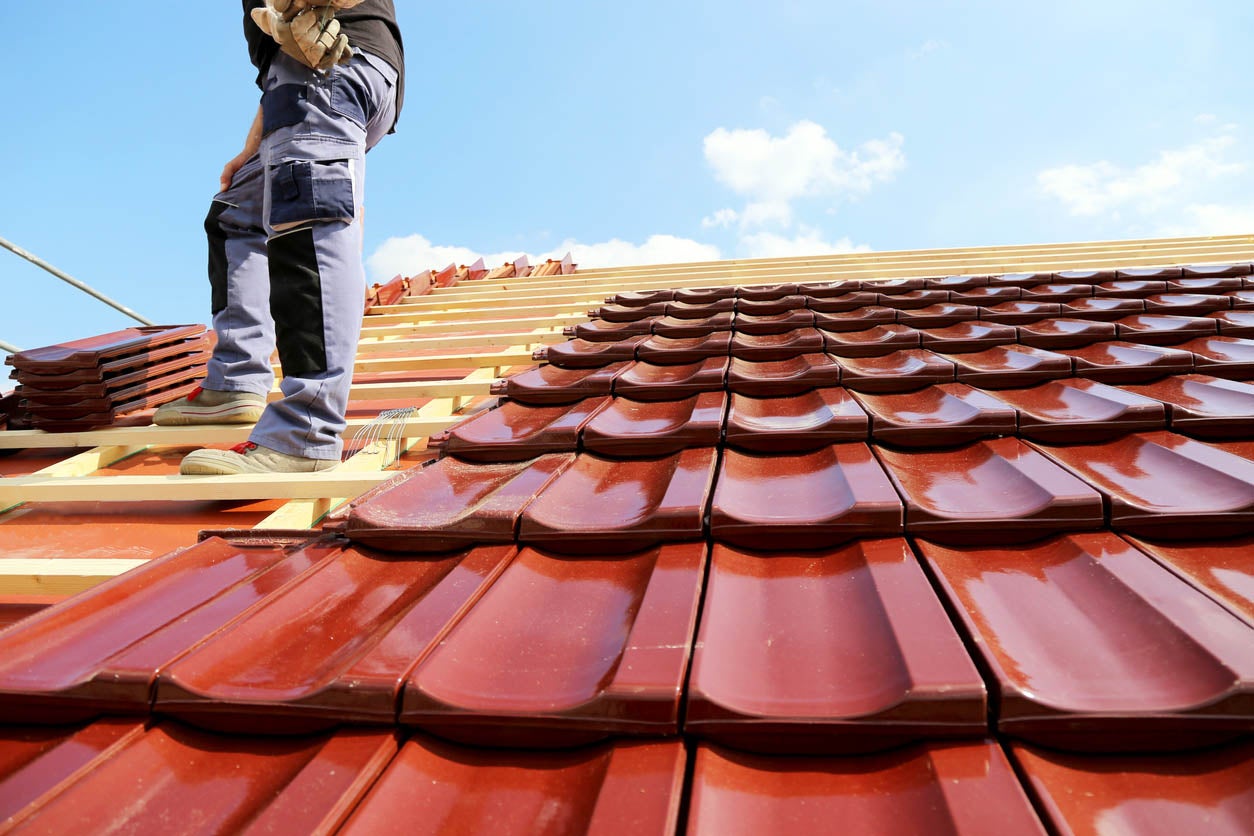
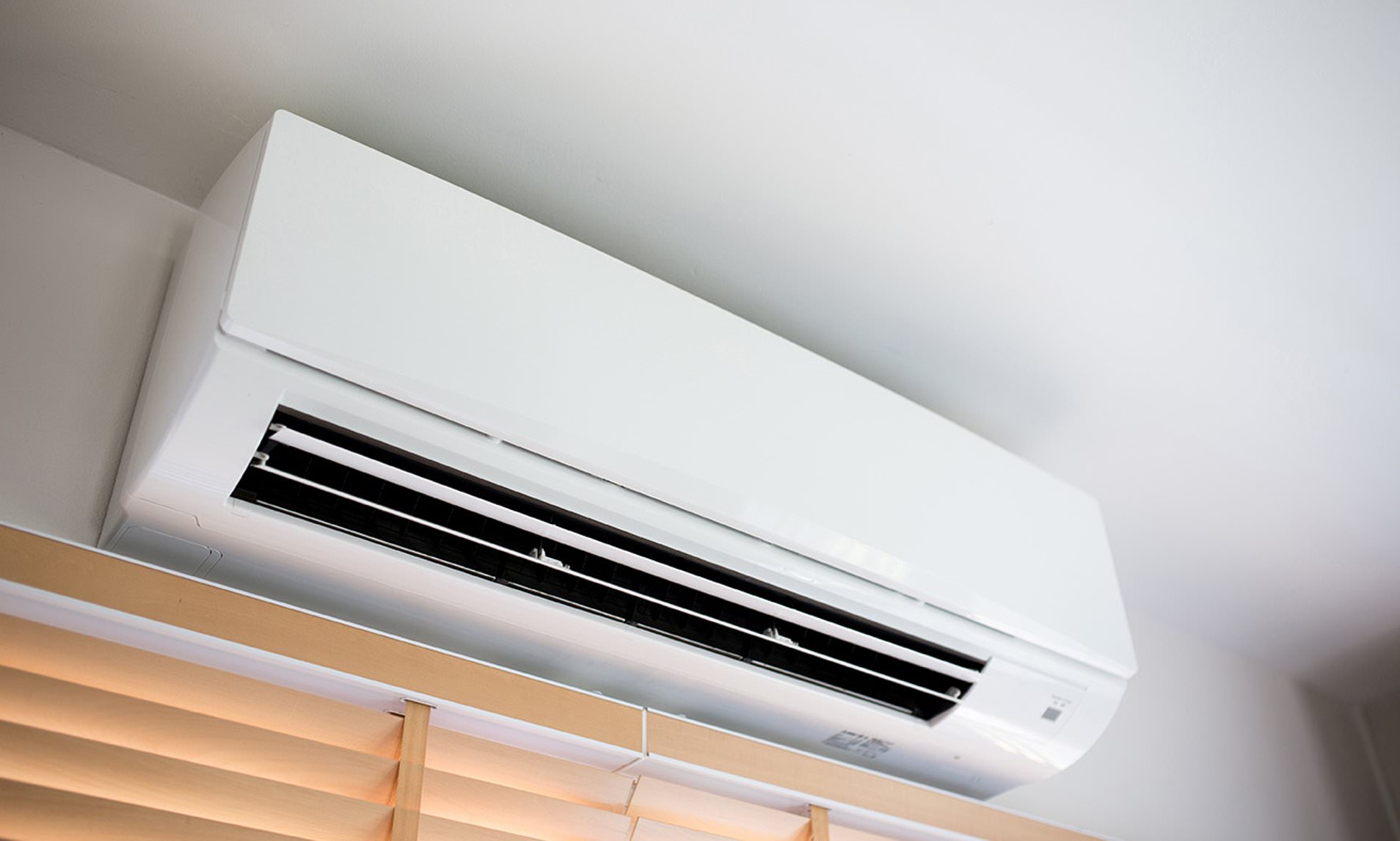
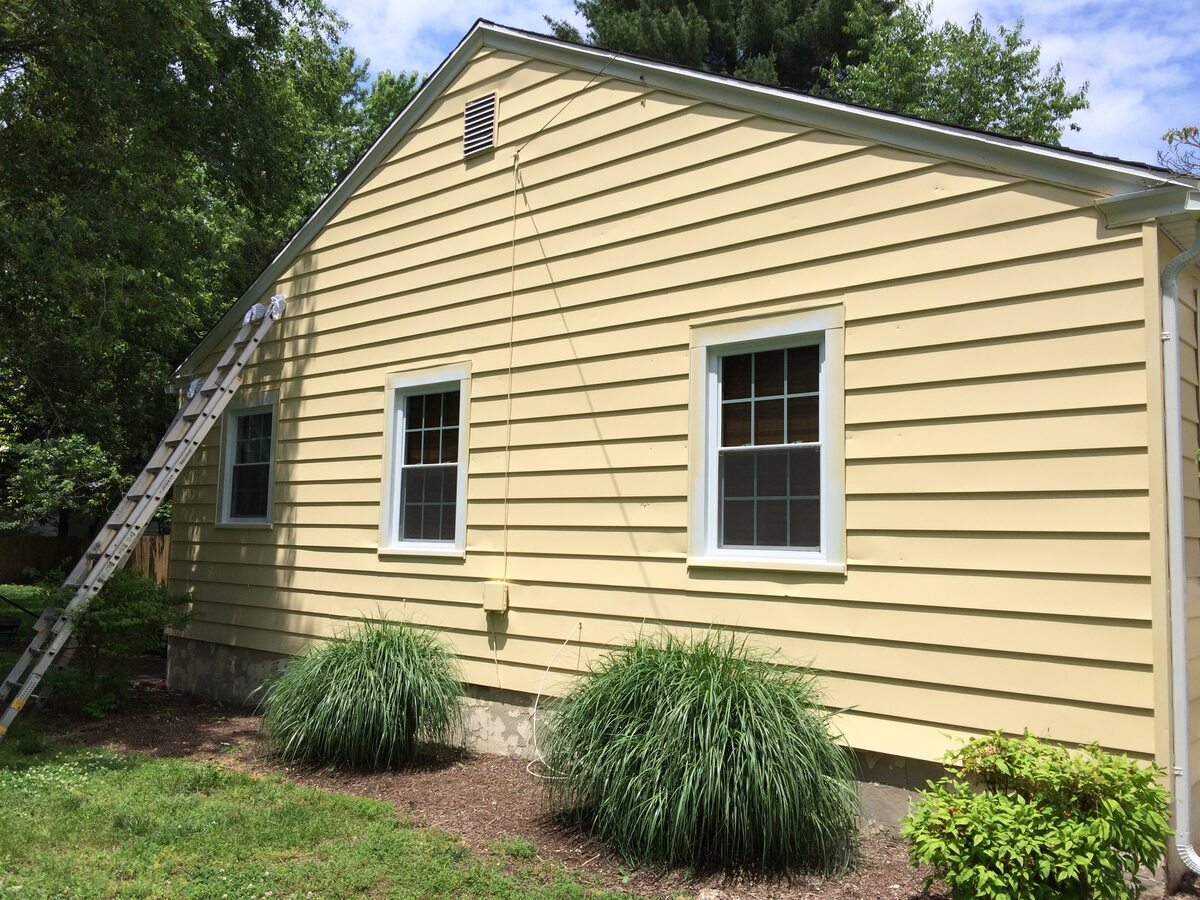


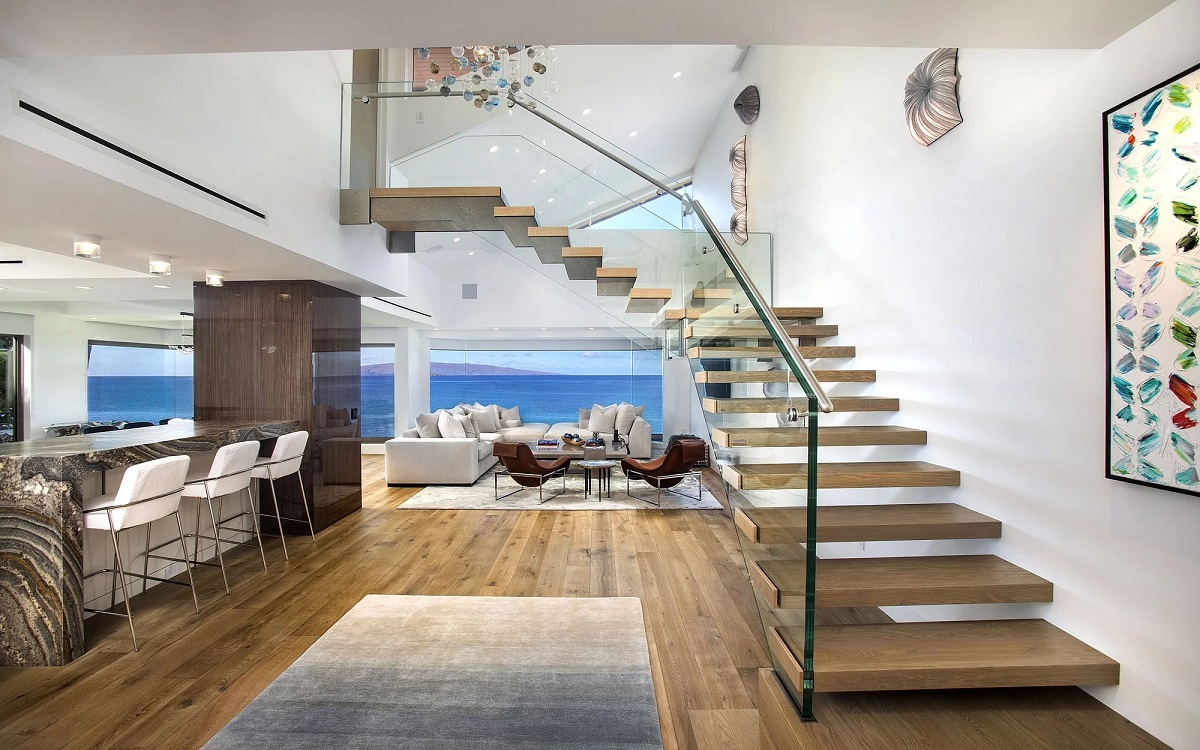
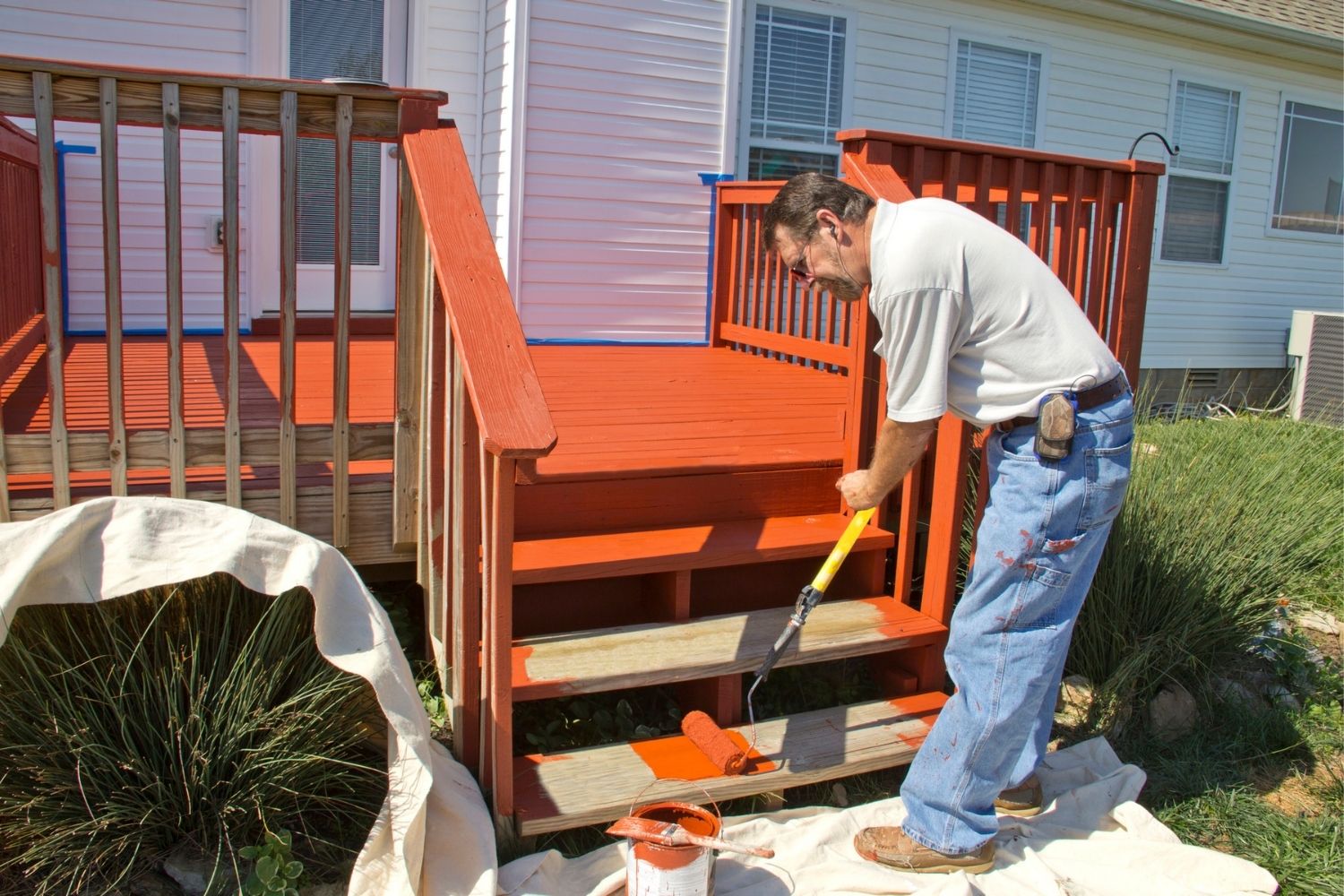
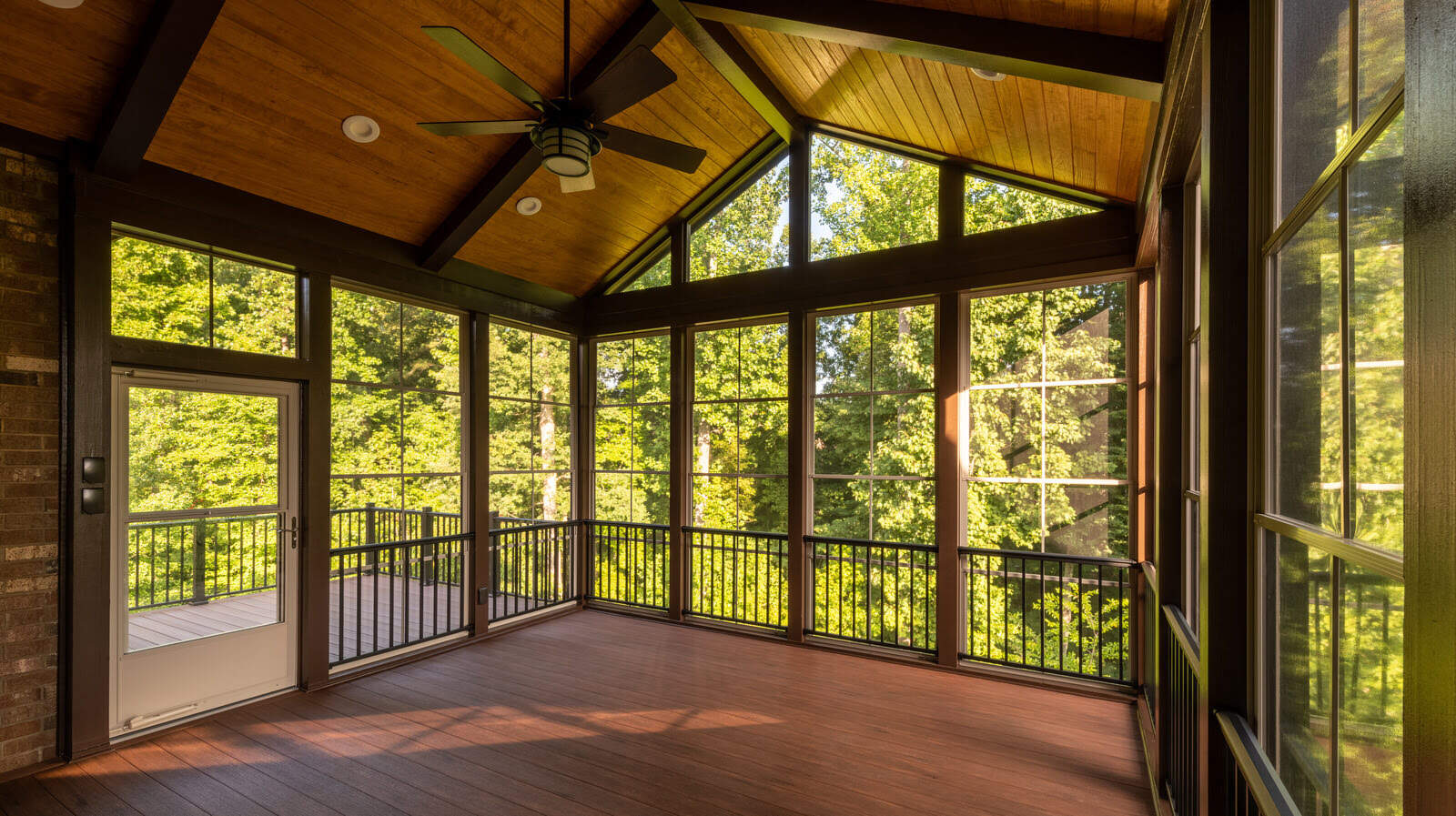


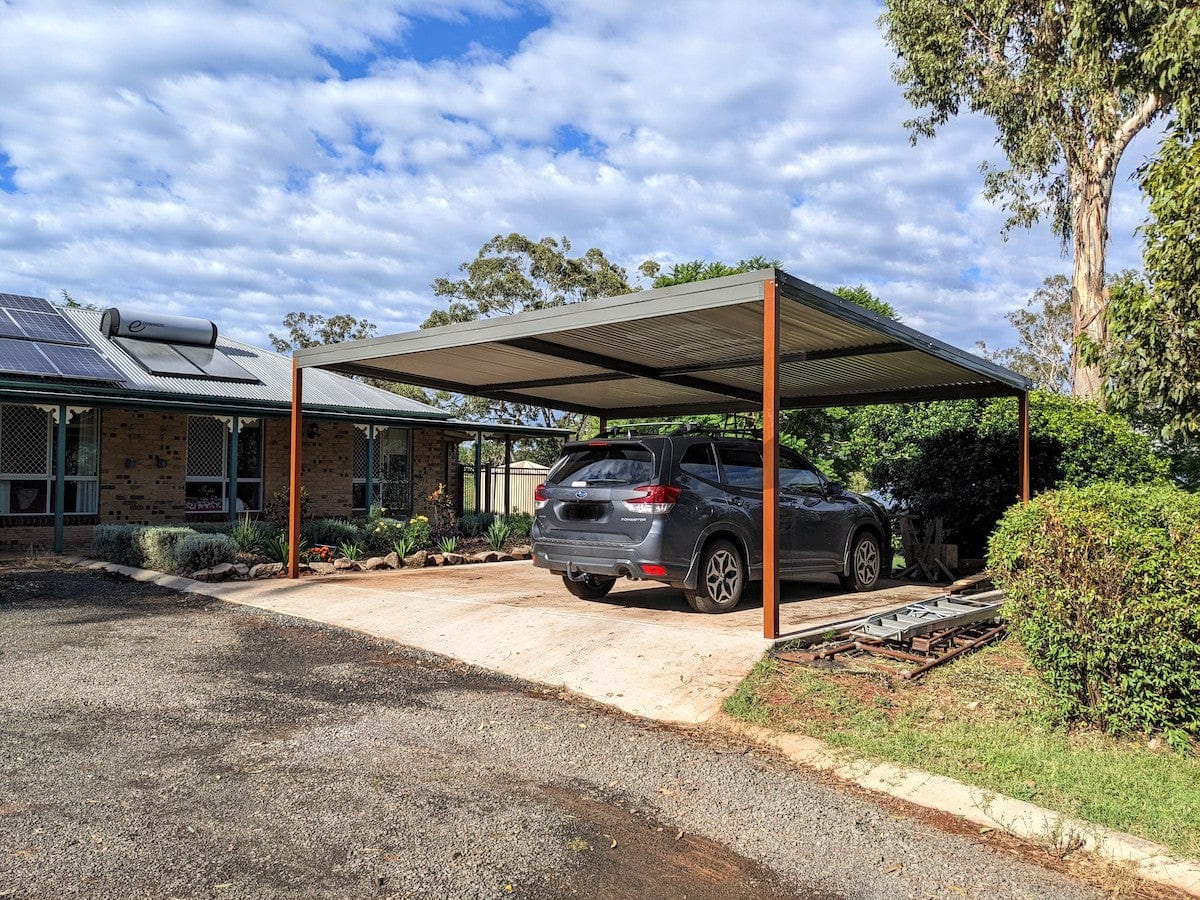

0 thoughts on “How Much Is A House Design In The Philippines”